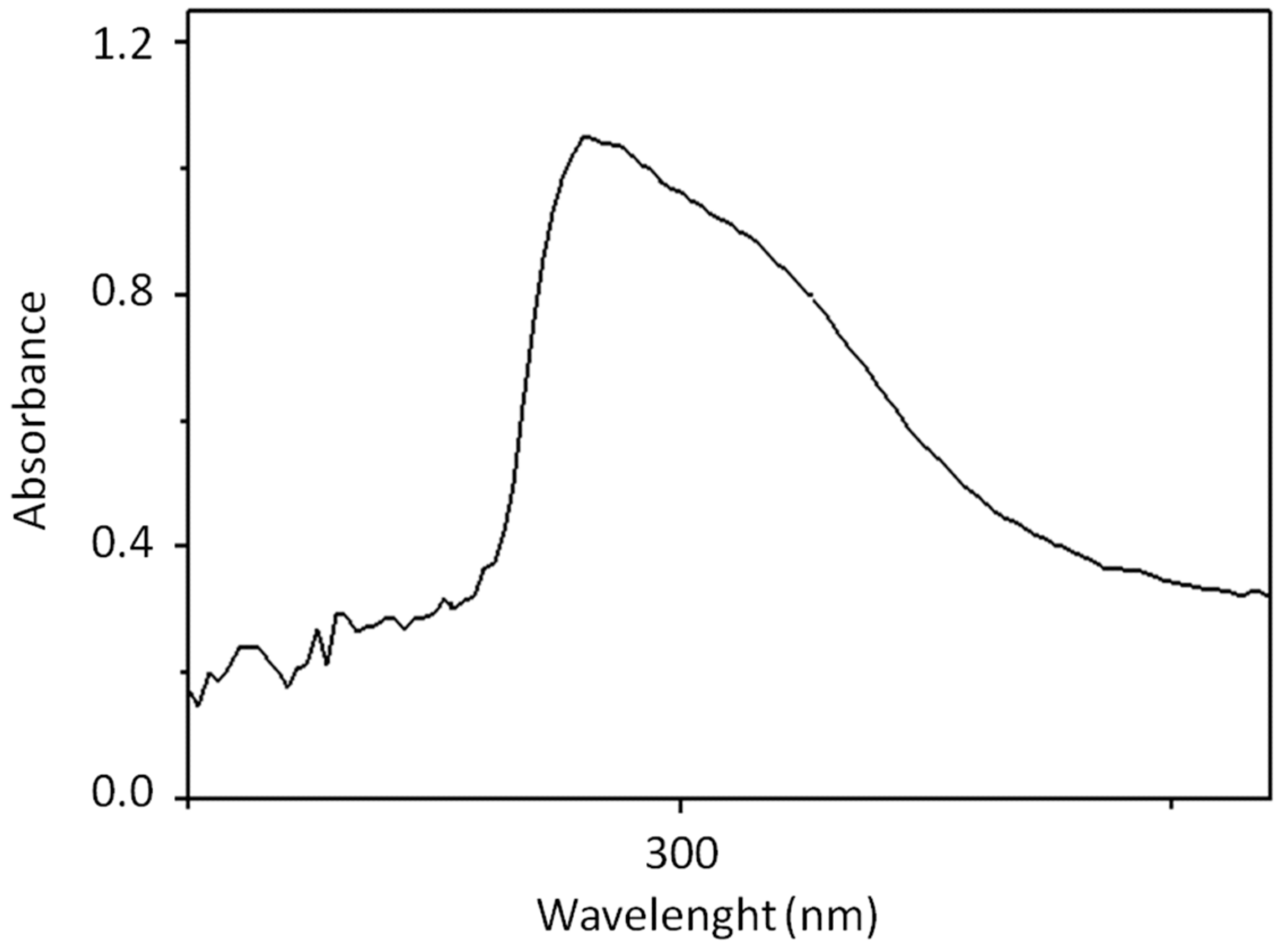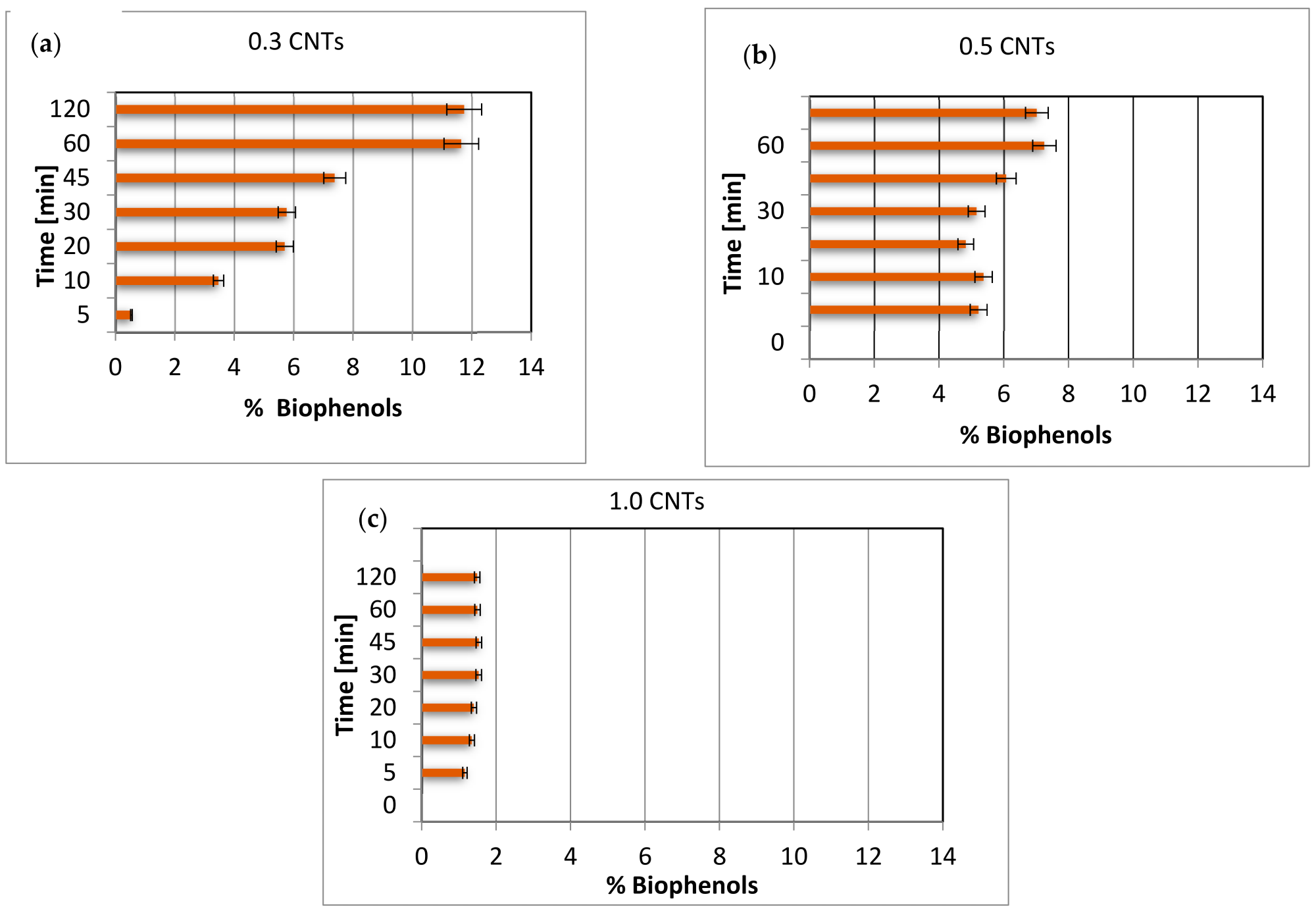 By Surbhi JainReviewed by Susha Cheriyedath, M.Sc.Apr 20 2022
By Surbhi JainReviewed by Susha Cheriyedath, M.Sc.Apr 20 2022In an article recently published in the open-access journal Materials, researchers discussed the potential of carbon nanotubes in the recovery of biophenols from olive vegetation waters.

Study: Recovery of Biophenols from Olive Vegetation Waters by Carbon Nanotubes. Image Credit: nexusby/Shutterstock.com
Background
Olive oil synthesis produces a number of by-products that are highly hazardous to the environment. Pomace and olive vegetation waters (OVWs) are the principal by-products of olive oil production. These by-products have a wide range of properties that are influenced by the processing method as well as climatic and geographical factors. Massive releases of OVWs in the environment can alter or destroy the bacterial flora corresponding to the soils on which they are discharged, as well as pollute aquifers, with major effects on the environment or civic water purification systems.
Biophenols are well-known to be beneficial to human health. Carbon nanotubes (CNTs) have been shown to be extremely essential materials, having a wide range of applications and adaptability. Carbon nanotubes are useful for purifying water from dyes, gasoline, organic compounds, and other contaminants because of their great adsorption capability. There are no studies that have employed carbon nanotubes to remediate olive vegetation fluids in the literature.

Characteristic UV band of an OVWs sample. Image Credit: Luca, P. D et al., Materials
About the Study
In this study, the authors discussed the feasibility of employing carbon nanotubes to remediate OVWs. The impact of disposal of OVWs on the environment was illustrated. The prospect of viewing these fluids as a source of noble compounds and for the recovery of biophenols from them was investigated. Carbon nanotubes were used to treat specified quantities of olive vegetation fluids.
The amount of adsorbed biophenols was investigated as a function of the carbon nanotube quantity employed and the contact time. The experimental settings for getting the maximum possible amount of biophenol as well as a purer adsorbate with the highest percentage of biophenols were investigated.
Following the adsorption experiments, the researchers examined the vegetation waters using ultraviolet (UV) spectrophotometry to evaluate the variance in biophenol concentrations. Before and after each adsorption test, the carbon nanotubes were weighed. Kinetic investigations of the adsorption processes were also taken into account. Carbon nanotubes were shown to be effective at recovering biophenols.
The team examined and evaluated the carbon nanotubes for the recovery of biophenols from olive plant waters. The ideal operating conditions for the adsorption of biophenols from OVWs utilizing carbon nanotubes with good selectivity were determined. The adsorption studies were carried out in a discontinuous mode and on three separate systems, each with a constant volume of OVWs of 20 mL and various quantities of carbon nanotubes of 0.3, 0.5, and 1.0 g.

Samples of olive vegetation waters at different adsorption times in the system consisting of 20 mL of OVWs and 1 g CNT. Image Credit: Luca, P. D et al., Materials
Observations
The adsorption rate increased linearly as the number of nanotubes increased in the first-time interval of 0–5 minutes. The increase in nanotubes from 0.3 to 0.5 could not increase the adsorption rate in the 5–60 minutes interval. The nanotubes attained saturation after 60 minutes, in the range 60–120, and the speed for all of the investigated systems dropped to very low levels. 0.88 g of biophenols were recovered from 1 L of OVWs using only 15 g of carbon nanotubes in 60 minutes.
Most biophenols were absorbed using system 2, which contained 0.5 g of carbon nanotubes and had a 60-minute adsorption duration. The grams of adsorbed biophenols were around 0.09 g, which corresponded to a reduction of 59.8% compared to the original grams of biophenols contained in the OVWs. The percentage of biophenols in the overall adsorbed mass, on the other hand, was about 7.25%.
The usage of 0.5 g of carbon nanotubes on 20 mL of OVWs was the most beneficial, as it provided the most biophenols adsorbed after 60 minutes. The biophenol concentration in the OVWs was 7.4 g/L at the start. After 60 minutes, an increase in nanotubes from 0.3 to 0.5 g as well as an increase in adsorbed biophenols from 0.065 to 0.088 g, were observed. When the number of nanotubes employed was increased to 1 g, the amount of adsorbed biophenols was lower after a contact period of 60 minutes in comparison to the system having 0.5 carbon nanotubes.
The adsorbed quantity was 0.55 g after 60 minutes, which was attributed to an increment in the nanotubes’ weight of roughly 80%. The adsorbed quantity was 0.66 g after 5 minutes and 1.2 g after 45 minutes, which corresponded to a 140% increment in the carbon nanotubes’ weight.

Percentage of biophenols with respect to the total adsorbed mass for systems with (a) 0.3, (b) 0.5, (c) 1.0 g of carbon nanotubes. Image Credit: Luca, P. D et al., Materials
Conclusions
In conclusion, this study elucidated that the carbon nanotubes can be beneficially utilized for the recovery of biophenols from olive vegetation fluids. Carbon nanotubes adsorbed other compounds in addition to biophenols. The authors emphasized that when recovering biophenols from OVWs using carbon nanotubes, the goal should be to acquire both the absolute maximum amount of adsorbed biophenols and the highest possible proportion of biophenols in the adsorbate. The results of the study demonstrated that the number of carbon nanotubes used has a significant impact on the previous factors.
The authors concluded that using a small amount of carbon nanotubes results in a purer adsorbate that is richer in biophenols. Agglomeration of carbon nanotubes occurred as the number of nanotubes increased.
Disclaimer: The views expressed here are those of the author expressed in their private capacity and do not necessarily represent the views of AZoM.com Limited T/A AZoNetwork the owner and operator of this website. This disclaimer forms part of the Terms and conditions of use of this website.
Source:
Luca, P. D., Macario, A., Siciliano, C., et al. Recovery of Biophenols from Olive Vegetation Waters by Carbon Nanotubes. Materials 15(8) 2893 (2022). https://www.mdpi.com/1996-1944/15/8/2893